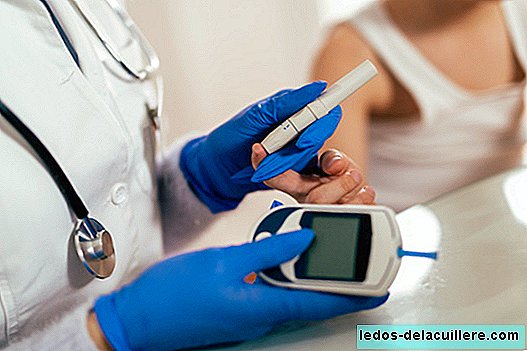
A study in which 1.4 million children have participated and has just been published in the prestigious magazine Pediatrics has found that vaccines give less reaction in the thigh than in the arm.
Specifically, it has concluded that children between 12 and 35 months who receive the diphtheria, tetanus and pertussis vaccine in the thigh muscle instead of their arm have about half as likely to require healthcare by a reaction to the injection.
According to the Advisory Committee of Vaccines of the AEP (Spanish Association of Pediatrics) the choice of the anatomical place where vaccines that are administered by deep intramuscular route are applied will depend on the patient's age. In infants under 12 months it is applied to the thigh, and in those older than 12 months in deltoids, although there are professionals who prefer to continue using the thigh until 15-18 months.
Local reactions such as redness, pain and inflammation of the area are the most common adverse effects of vaccines, which usually disappear after one or two days.
The study took into account cases that required assistance from a doctor, a nurse or an emergency room. They realized that children who had received the vaccine in the arm went more to these services.
Therefore, it is recommended to vaccinate to children under three years old always on the thigh instead of on the arm To avoid side effects.
When analyzing the group of children aged 3 to 6 years, a significant decrease in the reactions between the thigh and the arm was not found.
Although every doctor or nurse has their preferences, at least in the experience with my daughters, vaccines have always been applied to the thigh when they are under three years old. In any case, based on reliable information, parents can also suggest where we prefer to be applied.












